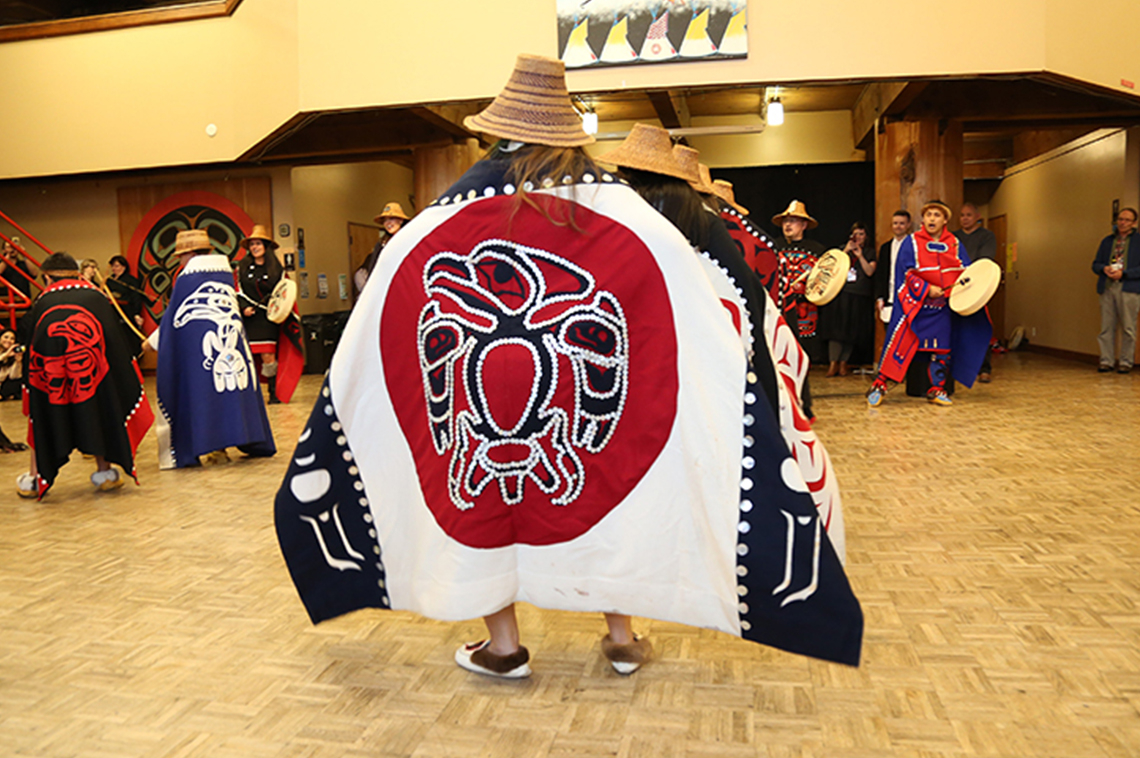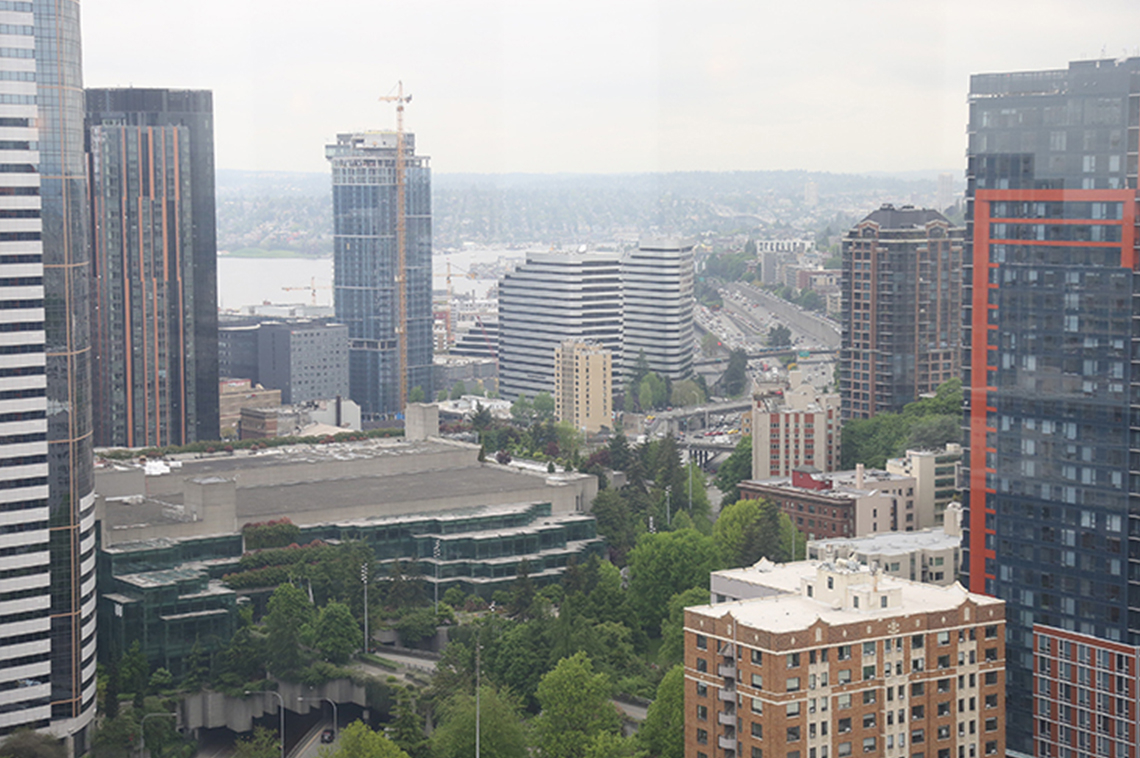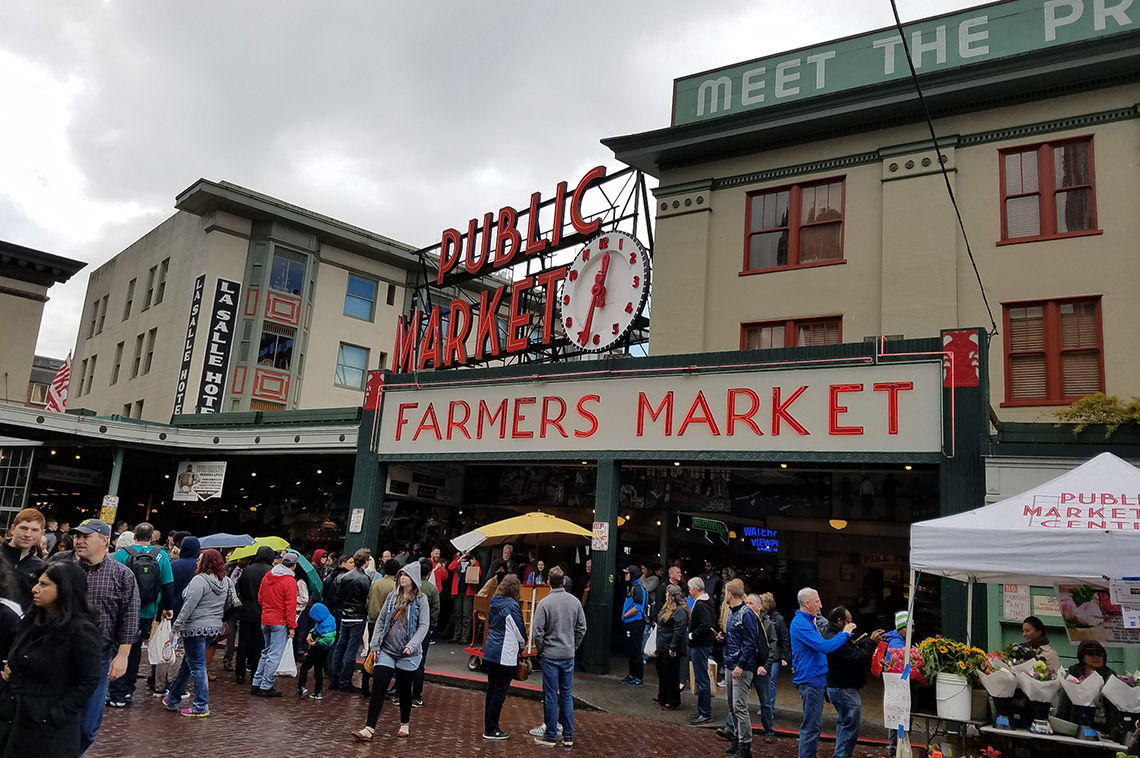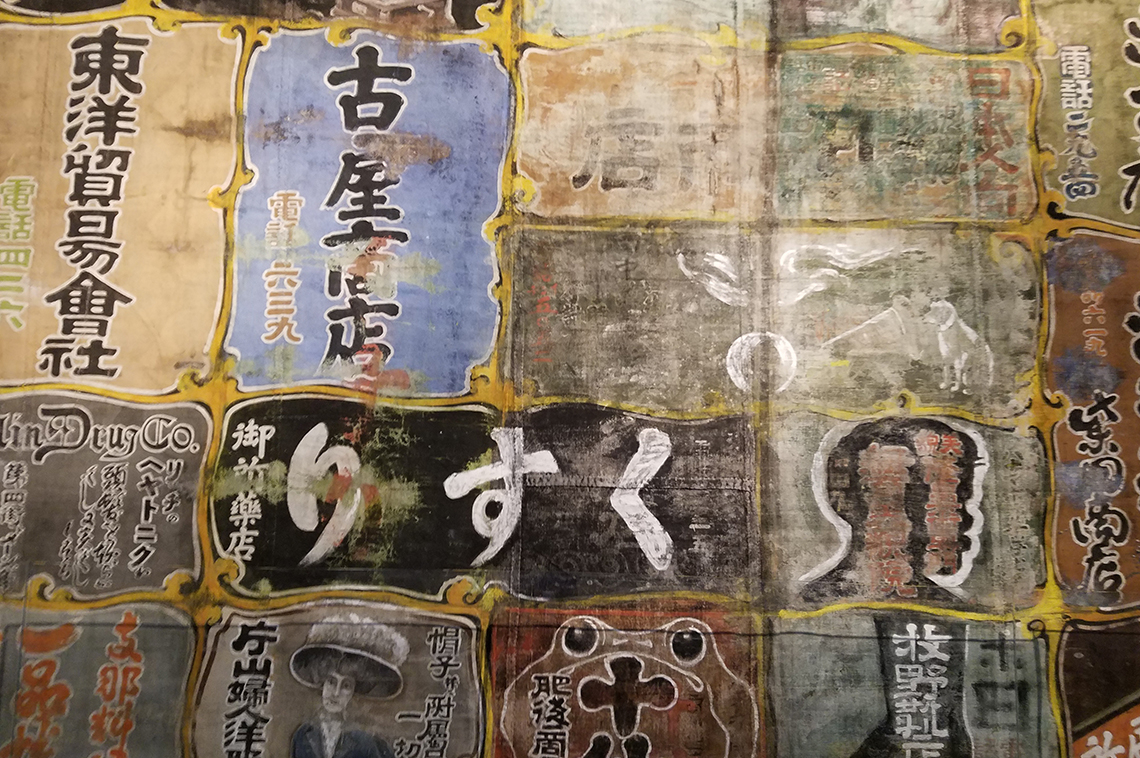



At our recent summit in Seattle, we thought it would be great to hear from folks who live there, about what the city is like, and how the city of Seattle brings together arts and culture at the intersection of housing.
Our moderator was Robert Feldstein, Director of the Office of Policy and Innovation, at the City of Seattle Mayor’s Office, has a history working in criminal justice and policy issues. He was a sharp and affable guide that welcomed us and said he hoped this panel would set off other conversations.
Seattle is progressive in many ways. He explained that it’s an area that can claim progressive policies and measures like mandatory composting, a $15 dollar minimum wage, marijuana legalization and marriage equality. However, as Feldstein acknowledged, there are disconcerting contradictions. Building, in certain areas such as downtown, is at an all time high. Feldstein referred to “62 cranes in the sky, more than any other city in America.” Displacement due to rising housing costs and homelessness are growing challenges, while wealth flourishes for others. Seattle has the distinction of the “highest density of millionaires under 30 in the country.” The moderator also spoke of diminishing diversity in the city even as the country becomes more culturally and racially heterogenous.“As the country and the state is becoming more diverse Seattle’s becoming more white,” he said. How can this “growth in prosperity, this possibility, and these challenges” be reconciled, he asked, and What’s the role of art?
Doris Koo, has lived in three cities: Chicago, New York, and Seattle for the past 25 years. She is a community development legend, and a former community organizer and advocate, who has worked in affordable housing in culturally rich, working class neighborhoods like the Lower East Side and for nonprofits such as Enterprise Community Partners in Seattle. Before her recent retirement she worked with Yesler Terrace Community Collaborative. Koo has always had an interest in culture because she explained “to me is more than art and expressions of who you are. It is, it is part of the sense of self of a person defining where you came from, what your values are, and where you’re heading.”
Yesler Terrace is one of first racially integrated public housing project. It’s existed for 75 years, and is undergoing a major revamp. Public, mixed income and affordable housing, commercial space, park trails and public space will take up the 28 acres of the new development. Doris characterized it as “a remaking that embraces today’s values of equitable development, respect for the environment, walkability, and art.”Yesler Community Collaborative, formed 3 years ago, largely in response to the transformation at Yesler Terrace.
Yesler found itself precariously close to a building boom in the downtown core spurred by technology. “Development pressures have steadily come south of downtown,” said Koo. So while the group is joyful about the revitalization at Yesler Terrace, they are also feeling the pressure of possible displacement, not only in terms of housing and but of culture as well.
Vivian Philips, chair of the Seattle Arts Commission and co-founder of Historic Central Area Arts and Cultural District, talks proudly of her family’s history in the south and her father’s work as a pullman porter. She lives in the Central Area, which was red-lined at one point and the only place African American’s could reside in the city. Yet, she tells us, the Central Area has gone from “70 percent African American in 1970 to about 17 percent today.” Philips spoke of her son, pushed to the suburbs, and the familial separation from a place of roots and familiarity. What the Historic Central Area Arts and Cultural District group is doing is not only preserving the legacy of African Americans in the city, but also setting “a foundation for future development and recognition.” She asked “What would it look like to create or to reimagine an African American history and aesthetic in the Central Area? We know it used to be, but what is it today?”
12th Avenue Arts, which is run by Capitol Hill Housing, sounds like an awesome space. 88 homes for people earning 60 percent of the area median income. Two black box theaters. Office space for Capitol Hill Housing. Community meeting rooms. Street level retail. f, is a 4th generation resident of Puget Sound and Director of Community Programs and External Relations, for Capitol Hill. He used to run a mid-sized film arts organization in the neighborhood.
Capitol Hill Housing, has been building partnerships and fostering strong communities for the past 40 years, and culture seems almost as embedded in it’s founding as affordable apartments. Currently, the organizations works in 10 neighborhoods across the city and has roughly 1,400 apartments open or coming online soon.
Still the area is experiencing real frustration around around tech and displacement.The community, in danger of losing artists and other arts organizations and arts businesses, was galvanized when Capitol Hill enhanced the arts component of its development. There were “real pressures around economic displacement, physical displacement, and cultural displacement in one neighborhood that’s been a center for cutting edge arts” when they started the Capitol Hill Arts District. Now markets, dance, theater, and film venues, offer “wealth of opportunities alongside really good restaurants and a tons of bars and apartments…”
Currently, the two black box theaters, at 12th Avenue Arts, are run by a consortium of small fringe theaters and the spaces are very well utilized. They are booked for next 18 months.
During the Q & A each panelist shared wisdom.
Michael Seiwerath on Challenges
“The challenges, I think, are the resources and the incentives from the city are not nearly enough. The costs are so high to do a lot of this work and we’re really pushing for more incentives for particularly arts and cultural preservation and I think people absolutely don’t understand the ordinances.”
Vivian Philips on Priorities
“Our [arts] commission has really put forward that everything we do, everything we do from advising on policy to actually distributing funds, will go through a filter of equity…every single year when we go through out work plans, equity is at the top of the list.”
Doris Koo on Strength
“It’s using your strength as an asset and using the cultural richness as sort of a platform for the future and in small ways galvanize a starting point because you can’t reverse the decline or you know the displacement overnight , but you gotta start somewhere and I think there’s a new generation of young leaders who are imaginative, dynamic and resourceful.”
Thanks to the panel for a lively lab experience rooted in Seattle and centered on strengthening physical and cultural place.
-
You can watch the FULL plenary video below!





